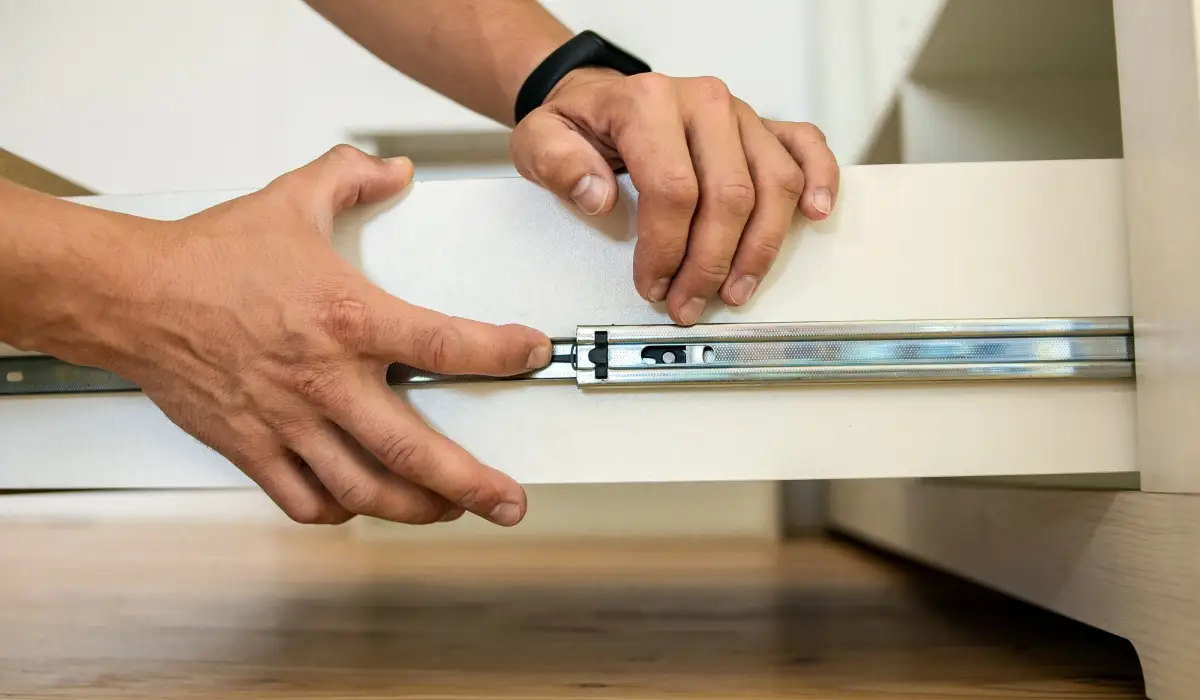Beyond Load Capacity: Design Considerations For Heavy-Duty Draw Slides

Heavy-duty draw slides are indispensable components in various industrial, commercial, and even residential applications where robust, reliable, and smooth sliding mechanisms are required. While load capacity is undoubtedly a critical aspect of these slides, there are numerous other design considerations that engineers and designers must take into account to ensure optimal performance and longevity. In this article, we delve into the intricacies of heavy-duty draw slide design, exploring factors beyond load capacity that influence their effectiveness and suitability for different applications.
Understanding Load Capacity
The highest weight that the slide can hold without breaking down or making it difficult to use is called its load capacity. This capacity is typically specified in terms of kilograms or pounds and is a fundamental factor in determining the suitability of a slide for a particular application. However, while load capacity is crucial, it’s just one piece of the puzzle in the design of heavy-duty draw slides.
Material Selection
The materials used for Selectlok Australia heavy duty slide are very important to how well they work and how long they last. A lot of the time, steel, aluminium, and stainless steel are used to make them. Strength, resistance to rust, and weight are just a few of the things that make each material unique. Steel is known for being strong and able to hold a lot of weight, which makes it perfect for heavy-duty uses where strength is important. Aluminium, on the other hand, is a lighter option that is still strong, so it can be used in situations where weight is an issue. Stainless steel has the power of steel and is much more resistant to corrosion, which makes it perfect for places that get wet or have harsh chemicals around.
Slide Configuration
The configuration of a heavy-duty draw slide refers to its design and construction, including features such as ball bearings, telescoping sections, and locking mechanisms. Ball bearings, typically made of steel or nylon, are crucial components that facilitate smooth and effortless sliding motion. Telescoping sections allow the slide to extend to its full length while maintaining stability and load-bearing capacity. Locking mechanisms, such as detents or friction locks, are essential for securing the slide in both the extended and retracted positions, preventing unintended movement.
Environmental Considerations
Environmental factors can have a big effect on how well and how long heavy-duty draw slides work. Exposure to moisture, dust, chemicals, and extreme temperatures can accelerate wear and corrosion, leading to premature failure. To mitigate these risks, designers must select materials and finishes that offer adequate protection against environmental hazards. For example, stainless steel slides with a corrosion-resistant coating are well-suited for outdoor or corrosive environments, while sealed ball bearings can prevent the ingress of dust and debris.
Installation Requirements
For heavy-duty draw slides to work well and keep people safe, they must be installed correctly. Factors such as mounting orientation, clearance requirements, and fastener selection must be carefully considered to prevent misalignment, binding, or overloading. Additionally, designers should take into account factors such as vibration, shock, and dynamic loads that the slide may be subjected to during operation. By adhering to recommended installation practices and guidelines, engineers can maximize the lifespan and reliability of heavy-duty draw slides.
Maintenance And Serviceability
Regular maintenance is essential to keep heavy-duty draw slides operating smoothly and prevent premature wear or failure. This includes periodic inspection for signs of damage or wear, lubrication of moving parts, and adjustment of tension or alignment as necessary. Design features such as accessible mounting points, removable end caps, and replaceable components can facilitate ease of maintenance and serviceability, reducing downtime and overall cost of ownership.
Application-Specific Requirements
Finally, designers must consider the specific requirements and constraints of the intended application when selecting heavy-duty draw slides. Factors such as space limitations, operating conditions, desired slide travel, and budget constraints can influence the choice of slide configuration, material, and features. Whether it’s for industrial machinery, vehicle storage systems, or kitchen cabinetry, tailoring the design of heavy-duty draw slides to meet the unique needs of each application is essential for achieving optimal performance and customer satisfaction.
Conclusion
While load capacity is a critical consideration in the design of heavy-duty draw slides, it’s just one aspect of their overall functionality and effectiveness. By taking into account factors such as material selection, slide configuration, environmental considerations, installation requirements, maintenance needs, and application-specific requirements, designers can ensure that heavy-duty draw slides meet the demands of even the most challenging applications. Ultimately, a holistic approach to design consideration is key to unlocking the full potential of heavy-duty draw slides and maximizing their performance, reliability, and longevity in a wide range of industrial, commercial, and residential settings.
Stay in touch to get more updates & news on Buzzhints!